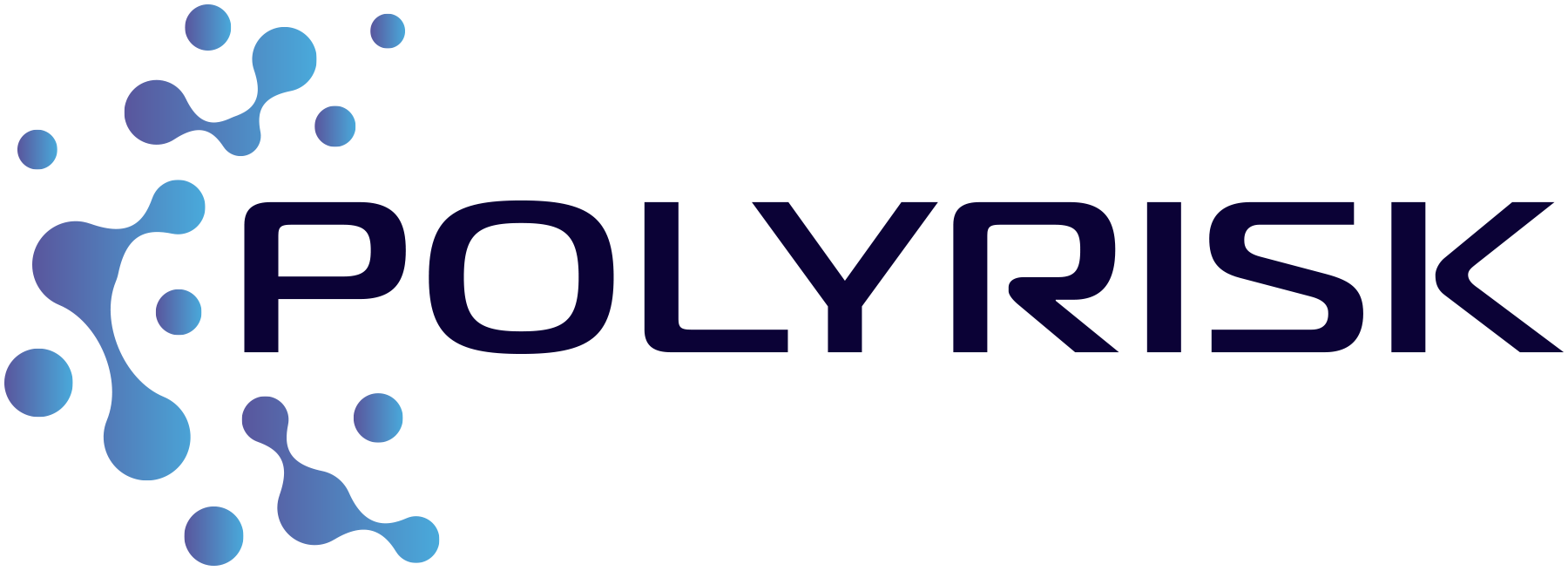What we do
POLYRISK is conducting research to better understand how micro and nano-plastic particles (MNPs) affect people’s immune systems. Between 2021-2025, researchers are:
- Developing and applying innovative sampling, sample preparation, and analytics to assess internal (human matrices) and external (abiotic) exposure to MNPs
- Developing and applying a human-based in vitro toolbox for testing epithelial transfer and immunotoxicity of MNPs
- Assessing exposure and biological effects of MNPs in real-life scenarios
- Establishing a risk assessment strategy and execute human risk assessment for MNPs
- Managing data for current use in developing MNP risk assessment strategy and for future in silico predictions
- Raising awareness about the health impacts of micro and nano-plastics
Detecting micro- and nanoplastics and understanding our exposure
Research into micro- and nano plastic (MNP) exposure faces challenges, such as detecting MNPs in complex samples like blood or air and accurately dosing cells with MNPs of different sizes. POLYRISK researchers have made key advances by producing MNPs as reference materials to study their effects on immune cells, showing that all tested cell types take up MNPs. Additionally, modified or weathered MNPs trigger stronger inflammatory responses.
There are still no standardised guidelines for testing MNP, even though their environmental and health risks are a growing concern. Current studies often use overly simplified particle models, while real-world MNPs vary significantly in size and shape. POLYRISK’s findings identify a method for studying how people are exposed to MNPs while also considering their unique characteristics, like their size, shape, and how they behave in different environments.
Studying the potential health impacts of MNPs in real-life scenarios
POLYRISK looks at occupational and environmental exposure to MNPs to better understand their potential negative impacts on the immune system. Researchers are looking at external and internal exposure to microplastics in people in three real-life situations – Exercising on football fields with artificial turf with rubber granulate infill, lightly exercising in areas with traffic-related pollution, and while at work in the textile industry. This work being done in Norway, the Netherlands, and Romania respectively is a critical component to understanding the level of risk posed by these substances. As part of this work, POLYRISK researchers identified key methods to collect and analyse airborne particles found in the textile industry.
Working towards a risk assessment framework for micro- and nano plastics for human health
With the increase in plastic pollution and growing evidence of potential negative impacts of MNPs, we need to better understand the risks they pose.
By gathering the latest state-of-the-art science and modern approaches to chemical risk assessment, POLYRISK has developed a framework to evaluate the risk that MNPs pose to human health and how to manage those risks.
Ensuring that there is standardised data across nano- and micro plastics research
POLYRISK and other CUSP projects are generating crucial data on the properties, human exposure, and hazards of micro- and nano particles. It is leading efforts to harmonise data sharing across the cluster, ensuring that this data can be used in future risk assessments. This data will help predict health outcomes based on MNP characteristics.
Real-world studies, involving particles from sources like traffic or textiles factories, produce more complex and diverse data than lab studies. Standardisation of data collection and preparation is crucial. POLYRISK is working to align data formats and protocols for sharing on platforms like eNanoMapper.
Want to learn more about the people behind this research? Meet the team of POLYRISK researchers
Information and contact
For more information and contact info@polyrisk.science
